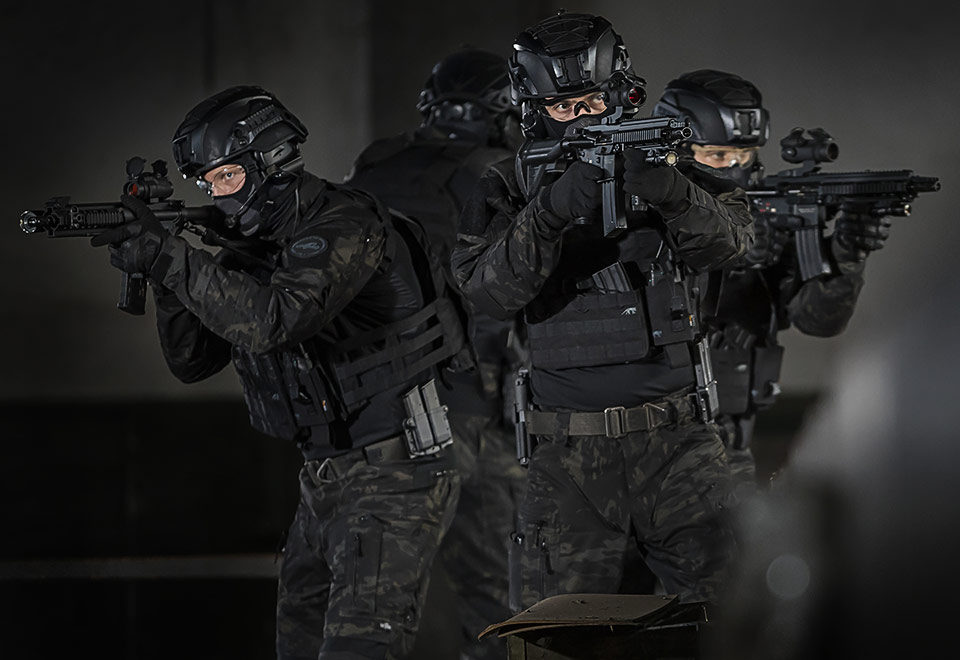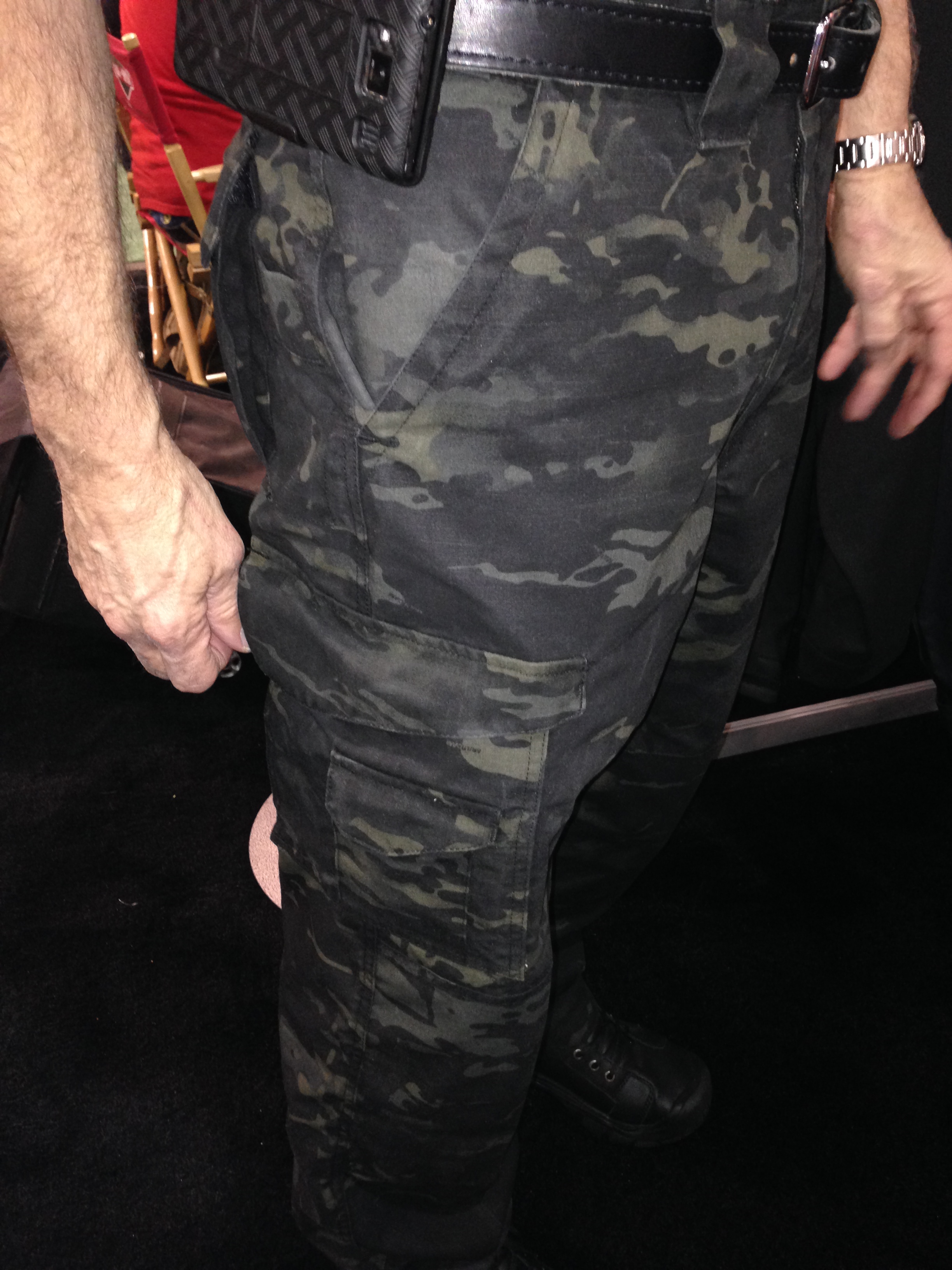


This time, don't resize them, but instead use the Lasso Tool (L) to place each beige splotch over the black one. Step 8Ĭreate an identical set of splotches and fill them with light beige. We have four colors in our pattern, so there are two colors left! To add them, first make the image 3000 px wide.Ĭreate small, round splotches this time, and fill them with black. Now merge these three layers with Control-E and use the Offset filter to make the pattern tileable.

Use the Eraser Tool (E) to remove the smallest splotches. Use the Liquify filter again to make them narrower and less regular. Step 5Ĭreate another set the same way, this time filling them with dark brown. Use the Lasso Tool (L) to drag the smaller brown blotches over the small beige ones, and use the Liquify filter to drag the bigger ones towards each other as well. Now, create the same set of splotches and fill them with light brown. Step 3įill these new splotches with beige and stretch them almost to the edges of the canvas. Make these first splotches big and separated. Also, add a black-filled layer to the bottom of the group to compensate for the brightness of the background. Start your pattern the same way as before, but this time use Gaussian Blur instead of Motion Blur-it will make the pattern less elongated.
#Multicam black pattern how to#
Now let's see how to draw camouflage patterns in the desert style! Step 1įor this pattern, we're going to need the following colors:įill the background with the sand color. There are many types of desert camo-here we're going to take a closer look at six-color camo, also known as chocolate chip camo. Then turn it into a pattern again and test it on the layer above. Is there anything in your pattern that makes it look inconsistent? If so, hide the layer and fix the problem by moving certain splotches, erasing them, changing their shape, or copying them. Then double-click it and select Pattern Overlay. Create a New Layer and fill it with any color. Go to Edit > Define Pattern and give the pattern a name. Repeat the previous steps to create the black-colored blotches. Then go to Filter > Liquify to make the shape of the splotches more elongated and less regular. Take the Eraser tool (E) and remove some of the smallest splotches. When you're done, change the Image Size again, making it 4500 px wide and 1750 px high. Repeat the previous steps to create the sand-colored splotches. Double-click the Clouds effect to generate new splotches, adjust the Threshold to separate them, and change the distance of the Motion Blur to make the edges more detailed. Show the group again and change the settings to create smaller, more separated splotches. The other splotches need to be smaller, so go to Image > Image Size and change the Width to 3000 px. If there's a lot of space between some of the splotches, it's best to keep them near the center of the canvas. Select Wrap Around and play with the settings to achieve the effect you like. Let's make this pattern seamless now! Go to Filter > Other > Offset. Press Control-T, and then drag the sides of the image to the edges of the canvas without actually crossing them. Fill it with brown, and then deselect with Control-D. Select the background layer and create a New Layer. Go back to the Layers tab and hide the group. Go to the Channels tab, hold the Control key, and click the thumbnail of the first layer. Select both layers and press Control-G to group them. Adjust the Distance to achieve the level of detail you need. Go back to the layer below, and go to Filter > Blur > Motion Blur. Adjust the level to create a couple of big splotches. Go to the Adjustments panel and select Threshold. Select the actual thumbnail of the layer now. This layer mask will stop the splotches from being generated across the edge. In the Properties panel, set the Feather to about 50%. Press Control-T and in the upper bar change the dimensions to 90%. Add a Layer Mask to this layer, fill the Layer mask with black, and click the chain link icon next to it. Right-click the layer and select Convert to Smart Object. Step 3Ĭreate a New Layer, press D, and use the Paint Bucket Tool again. Take the Paint Bucket Tool (G) and fill the background with green. You can add these colors to swatches to have a handy set for your future projects Step 2Ĭreate a New File with dimensions of 1500 x 1000 px.
#Multicam black pattern free#
We're going to need the following colors:įeel free to use different shades of these four colors to create the level of contrast you prefer. We need to prepare the color swatches first. In this section, I'll show you how to paint camouflage patterns in the woodland style! Step 1 The woodland pattern is the most popular one-it's supposed to imitate the leaves, branches, shadows, and highlights of a forest. Design Your Own Camouflage Pattern in Photoshopġ.


 0 kommentar(er)
0 kommentar(er)
